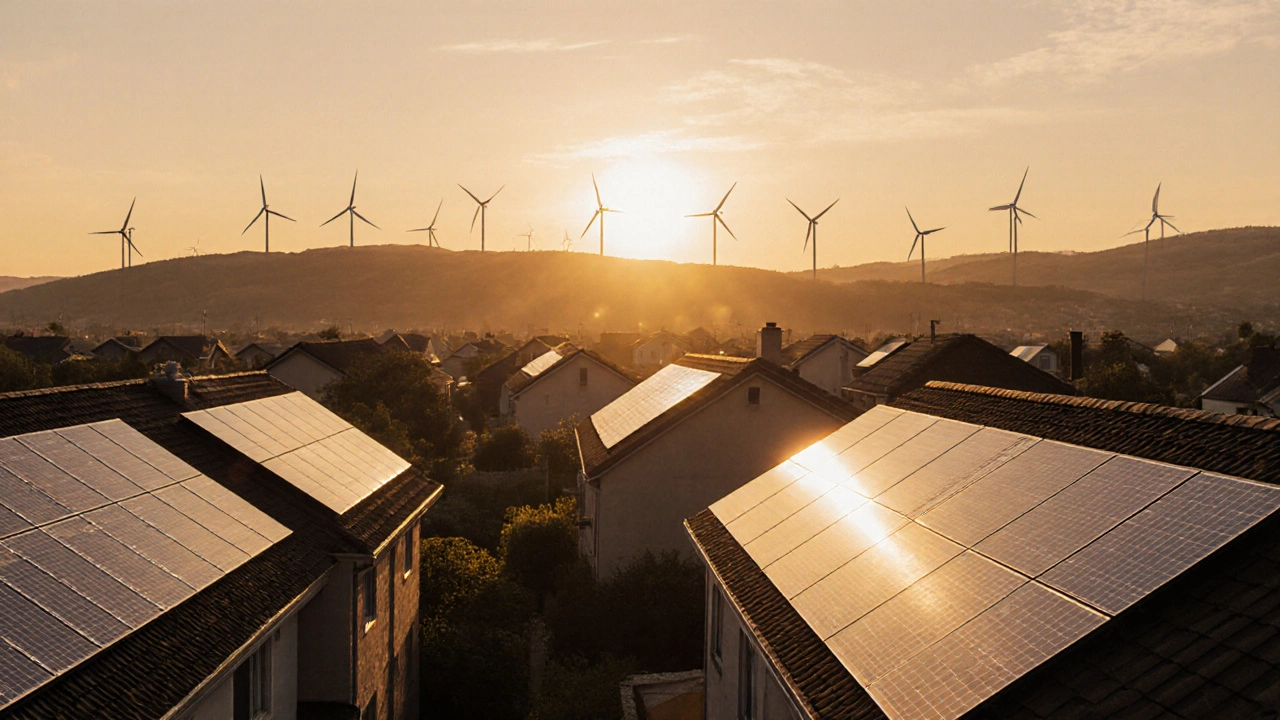Renewable Energy Drawbacks: What No One Tells You About Solar and Wind
When we talk about renewable energy drawbacks, the hidden challenges behind clean power sources like solar and wind that affect their real-world use. Also known as clean energy limitations, these issues aren’t just theoretical—they shape how fast India can switch away from coal. Everyone says solar and wind are the future. And they’re right. But the future isn’t as simple as putting up panels and turning off power plants.
The biggest problem? intermittency, the fact that the sun doesn’t always shine and the wind doesn’t always blow. You can’t run a hospital or a factory on "maybe power." That’s why energy storage, batteries and other systems that hold excess power for later use is the missing link. Right now, storing enough energy for cloudy days or calm nights is expensive and inefficient. India’s grid wasn’t built for this kind of flip-flopping supply. When solar output drops suddenly, the system struggles to catch up—leading to instability or even blackouts in some areas.
Then there’s land use, how much space solar farms and wind turbines need to generate meaningful power. A single 100 MW solar plant can cover 500 acres—land that could be used for farming, forests, or housing. Wind turbines need even more space between them to work efficiently. And while rooftop solar helps, it doesn’t solve the big-picture demand. Plus, manufacturing panels and turbines uses rare minerals, creates waste, and often relies on supply chains that aren’t as green as they look.
Even the most efficient systems need maintenance. Solar panels lose efficiency over time. Wind turbine blades are hard to recycle. And building transmission lines to move power from remote wind farms to cities faces delays, land disputes, and bureaucracy. These aren’t small hiccups—they’re systemic bottlenecks.
Some people think switching to renewables means flipping a switch. It doesn’t. It means redesigning how we produce, store, and distribute energy. It means fixing the grid, investing in storage tech, and accepting that not every region can go 100% clean overnight. But knowing these drawbacks isn’t about stopping progress—it’s about making smarter moves. The posts below show real examples of what’s working, what’s failing, and how India is tackling these problems head-on—from pilot storage projects to community solar setups that actually deliver.




